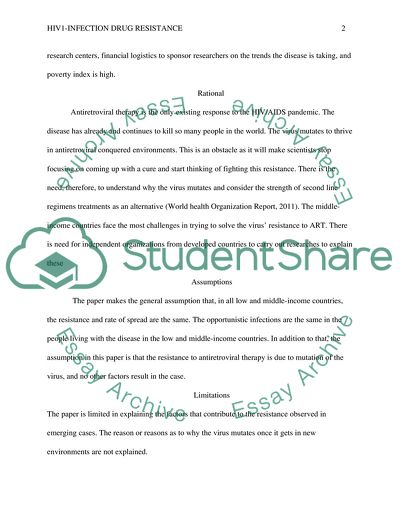Cite this document
(“HIV1-Infection Drug Resistance Essay Example | Topics and Well Written Essays - 1000 words”, n.d.)
HIV1-Infection Drug Resistance Essay Example | Topics and Well Written Essays - 1000 words. Retrieved from https://studentshare.org/health-sciences-medicine/1701380-hiv1-infection-drug-resistance
HIV1-Infection Drug Resistance Essay Example | Topics and Well Written Essays - 1000 words. Retrieved from https://studentshare.org/health-sciences-medicine/1701380-hiv1-infection-drug-resistance
(HIV1-Infection Drug Resistance Essay Example | Topics and Well Written Essays - 1000 Words)
HIV1-Infection Drug Resistance Essay Example | Topics and Well Written Essays - 1000 Words. https://studentshare.org/health-sciences-medicine/1701380-hiv1-infection-drug-resistance.
HIV1-Infection Drug Resistance Essay Example | Topics and Well Written Essays - 1000 Words. https://studentshare.org/health-sciences-medicine/1701380-hiv1-infection-drug-resistance.
“HIV1-Infection Drug Resistance Essay Example | Topics and Well Written Essays - 1000 Words”, n.d. https://studentshare.org/health-sciences-medicine/1701380-hiv1-infection-drug-resistance.


